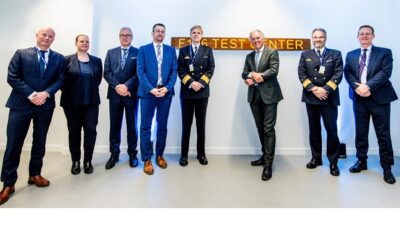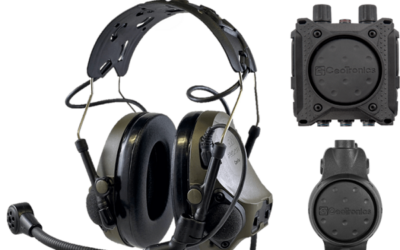British Army Dismounted Close Combat Strategies
British Army dismounted close combat (DCC) forces continue to face “broad and challenging” requirements on the battlefield, compounded by a wide range of specialist environments including urban warfare and chemical, biological , radiological and nuclear (CBRN), a senior service official has explained.
However, addressing delegates at the Future Soldier Technology conference in London on 12 March 2018, Lt.Col. Alex Hutton, Senior Requirements Manager, Soldier Training and Special Programmes, Defence Equipment and Support, conceded the army would not benefit from any ‘radical change’ in terms of lethality in the near future.
Instead, he confirmed that the army would continue to ‘significantly increase the size’ of its SA80A3 upgrade inventory, after procuring an initial tranche of 5,000 weapon systems. Additionally, he explained how the army was also seeking to increase the number of L129A1 designated marksman rifle (DMR).
However, Lt.Col. Hutton did concede that the army was looking to consider future concepts to develop the, “overly complex weapons mix of the platoon which had been brought in at speed over the last 10 years.”
“This overly complex mix of weapons doesn’t necessarily reflect users needs. So we are looking to address small arms and suppressing weapons in the platoon to change that mix,” he explained while also tracking ongoing efforts in the US to consider alternative small arms calibres.
Additionally, he called for the greater proliferation of coincidence firing solutions capable of increasing the operational effectiveness of small arms by “ease of burden and speeding up decision making loops through the innovation use of sights.”
Such work includes ongoing assessment of ‘in-line’ sighting systems through to 2019; as well as targets to field enhanced surveillance and target acquisition devices. This includes the introduction of fused (IR/I2) sights and shared data by 2025; as well as augmented reality technology by 2030, Lt.Col. Hutton stated.
However, Lt.Col. Hutton described the physical burden of weight as the “greatest challenge” faced by the DCC community in terms of soldier survivability. He highlighted how the army would push forward with the Virtus personal protection equipment (PPE) programme with a tender for lighter weight plate inserts and ballistic base layer expected to be fulfilled in the next few years.
Beyond that, Virtus is also considering additional augmentation to the programme in the form of explosive ordnance disposal (EOD) PPE; as well as laser eye protection following lessons learned in Ukraine.
Finally, the army is also identifying requirements for a Light Tactical Mobility Platform UGV for autonomous support operations at the Army Warfighting Experiment (AWE) in the first half of 2018 in the UK.
“We have not yet secured funding for this programme but those of us in the DCC community understand this is absolutely critical for the fight light concept which is critical to taking the weight off the man,” he concluded.
Andrew White

























